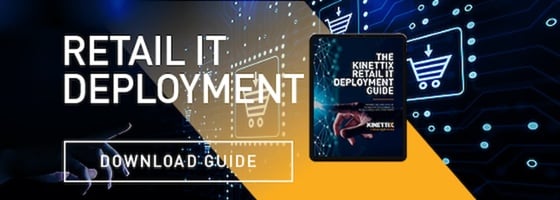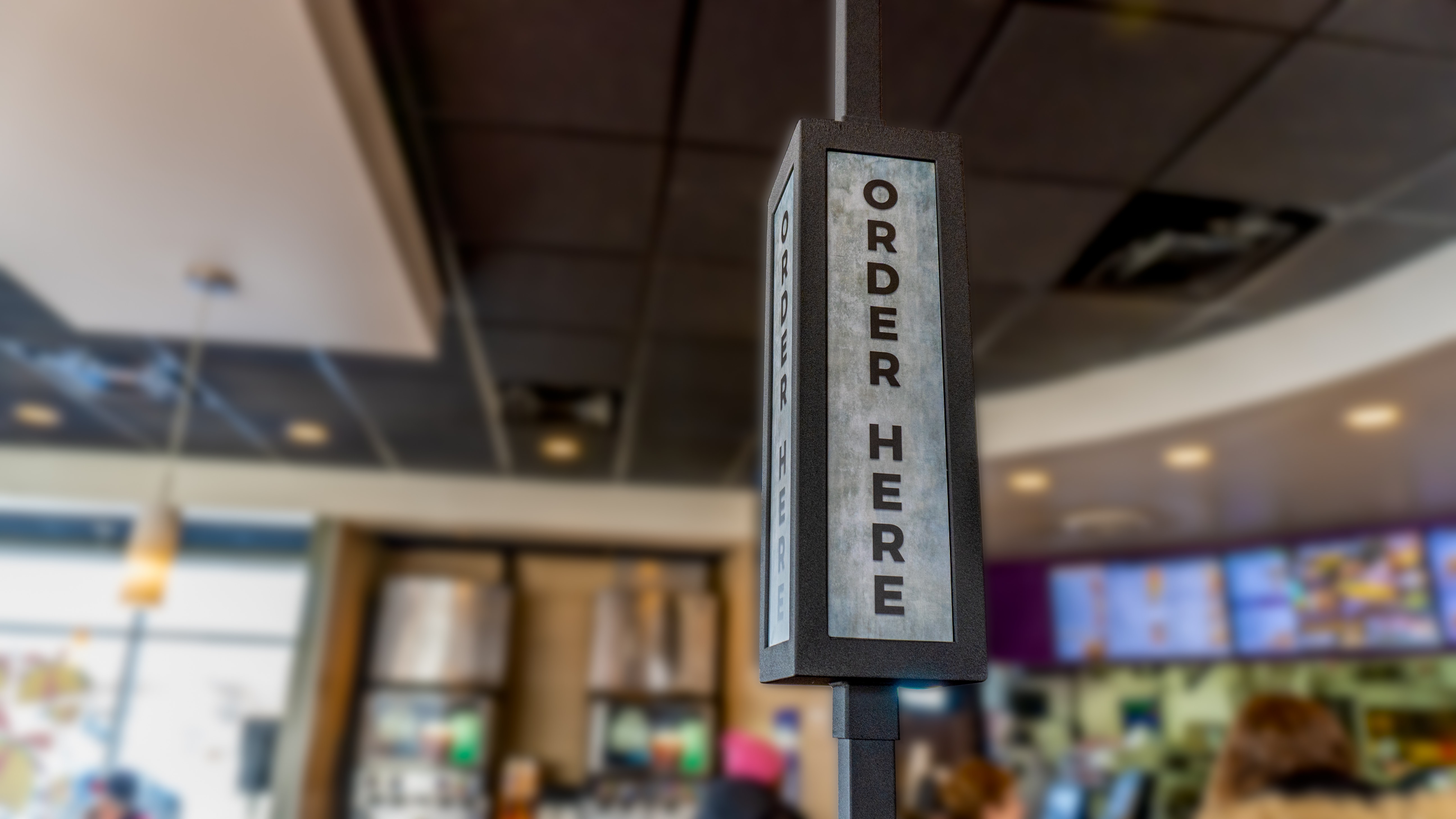Global IT staffing solutions allow companies to quickly hire temporary IT talent — including technicians and project coordinators — to help fill gaps in or scale their workforce. In turn, outsourcing enables them to meet key performance indicators (KPIs) and stay competitive in their respective markets.
Global IT staffing also helps companies bridge skills gaps in areas like cybersecurity, technical architecture, analytics, and AI.
But, as a Chief Operating Officer (COO) using such services, how do you know your contingent workforce is effectively meeting the needs and goals of your business?
Use these six KPIs to evaluate your contract technicians, project coordinators, and more.
6 Staffing KPIs That COOs Should Measure
Cost Per Hire
Cost per hire is the total cost of recruiting, hiring, and training a new employee. This metric is often calculated by dividing a company's recruitment costs by the number of new hires. The higher this number is, the more expensive it is for your company to fill open positions.
For example, if you have ten IT project coordinators and pay $5,000 each in recruitment or global IT staffing fees but hire only one person during that period (a total of $5,000), your hire cost would be 50%. You are spending half as much on each employee as you could be if you hired more efficiently.
Time to Fill
Time to fill is the amount of time it takes to fill a vacancy, from when HR posts a job opening until an employee assumes the position. This KPI can be calculated by dividing the days between when your IT company began searching for candidates and when it hired them by the total days in your sample period.
The average times that companies should measure are:
- Time to fill positions within your organization (this will provide insight into how well you are finding talent)
- Time to fill positions within the industry (this will allow you to benchmark against other IT organizations)
- Global time-to-fill averages
Quality of Hire
How do you know if hiring candidates are the right choice? Measuring the quality of hire requires tracking employee / contractor engagement and attrition rates. As a benchmark, companies with 100 or more full-time employees (FTEs) and contingent workers should have an annual retention rate between 85% and 95%.
If you are embarking on an IT transformation or change initiative, measuring this metric can be especially helpful in identifying areas where your team needs improvement.
For instance, it might be time to reevaluate your vetting process if you have a higher than average number of employees leaving every year — regardless of whether you hired them through traditional methods or via global IT staffing agencies.
Organizations should also examine their FTE and contractor engagement scores regularly. This practice will give them insight into how happy their team members are with their jobs and working environment so they can address concerns as needed.
Employee Satisfaction
Engagement and satisfaction are closely related, though both KPIs are mission-critical in their own right.
When measuring FTE and contractor satisfaction, it is essential to remember that a happy employee is productive. Each employee has different needs and wants, so it's important to know what will make them feel valued.
Here are some best practices for improving this metric:
- Make sure all employees understand their roles and responsibilities. Leverage your field service management platform to ensure clear communication of duties.
- Promote stability for contingent IT laborers, specifically. Letting your contract technicians and project coordinators know they’re part of your go-to talent pool makes them feel valued and incentivizes them to stick around.
Cost Savings
When comparing contingent workforce outsourcing with FTE costs, you can calculate cost savings by using the following formula:
- Full-time Employee Cost / Headcount = Average Cost Per Employee
- Global IT Staffing Provider Hourly Rate / Hourly Rate of Your Employees = Global IT Staffing Provider Cost per Employee
The difference between these two numbers is your cost savings.
For example, suppose it costs $100 per hour for an IT field technician and $50 per hour for an outsourced service provider. In that case, your company saves $50 per hour by hiring a contractor instead of adding another employee.
Additionally, the use of contract labor can help you avoid costs that you normally incur by using a third-party provider. For instance, if you bring in project coordinators to handle technician management, you can be more direct to the technician and avoid margin stacking that is common when using IT service providers.
Use of Time
Another KPI to measure is how you and your team use your time. Are contractors spending too much time on projects, tasks, or meetings? Are FTEs getting pulled into too many HR-related inquiries, administrative work, and so forth?
Keep track of how long it takes team members to complete each task in a given period (a week or month). Then, compare these metrics with the hours estimated in your business model. If someone regularly takes longer than expected to finish their tasks, then it’s time to evaluate staffing and other critical processes.
How Can Global IT Staffing Help?
If you are struggling to meet your KPIs, global IT staffing can help by offering scalable options for growth and success.
Kinettix is a reliable partner for creating a more robust contingent workforce and expanding your reach to handle global demands. We provide techs and field management services as an extension of your company. Whether you need talent in a remote corner of the world or help meeting a surge in demand, our global network of remote project coordinators and on-site technicians can help.
For those who already have a labor pool platform, our revolutionary FieldFlexSM program provides the answer. FieldFlex allows you to leverage our experienced team to provide a-la-carte project design and management services for your labor pool techs.
We allow you to wrap the specific management services you need around your Field Tech Marketplace Provider’s instance or even your own technicians. Our 24x7 coverage enables you to have real-time support anywhere around the globe. You own the project while we support you wherever and however you need.
With Kinettix and our comprehensive global IT staffing options, your business can handle a greater workload and accommodate more complex and demanding clients. Contact us to get started.






